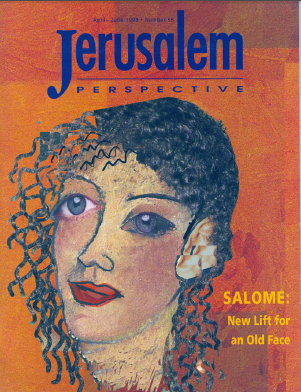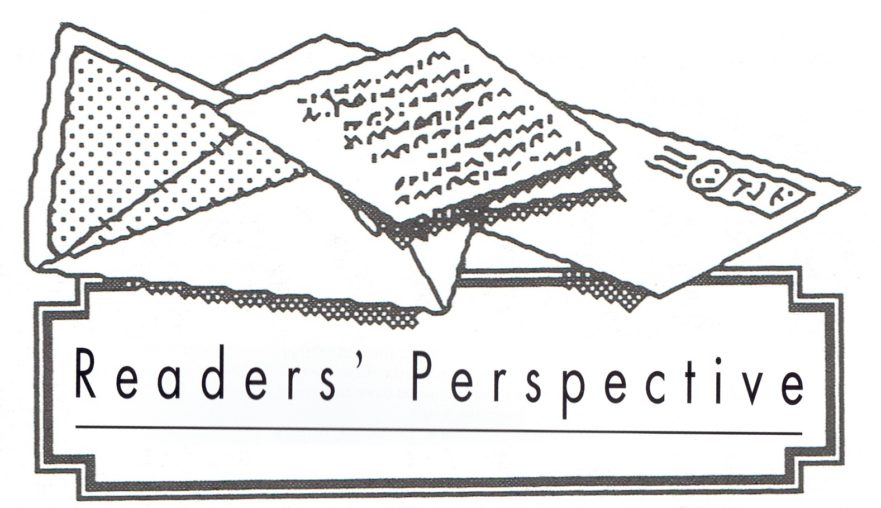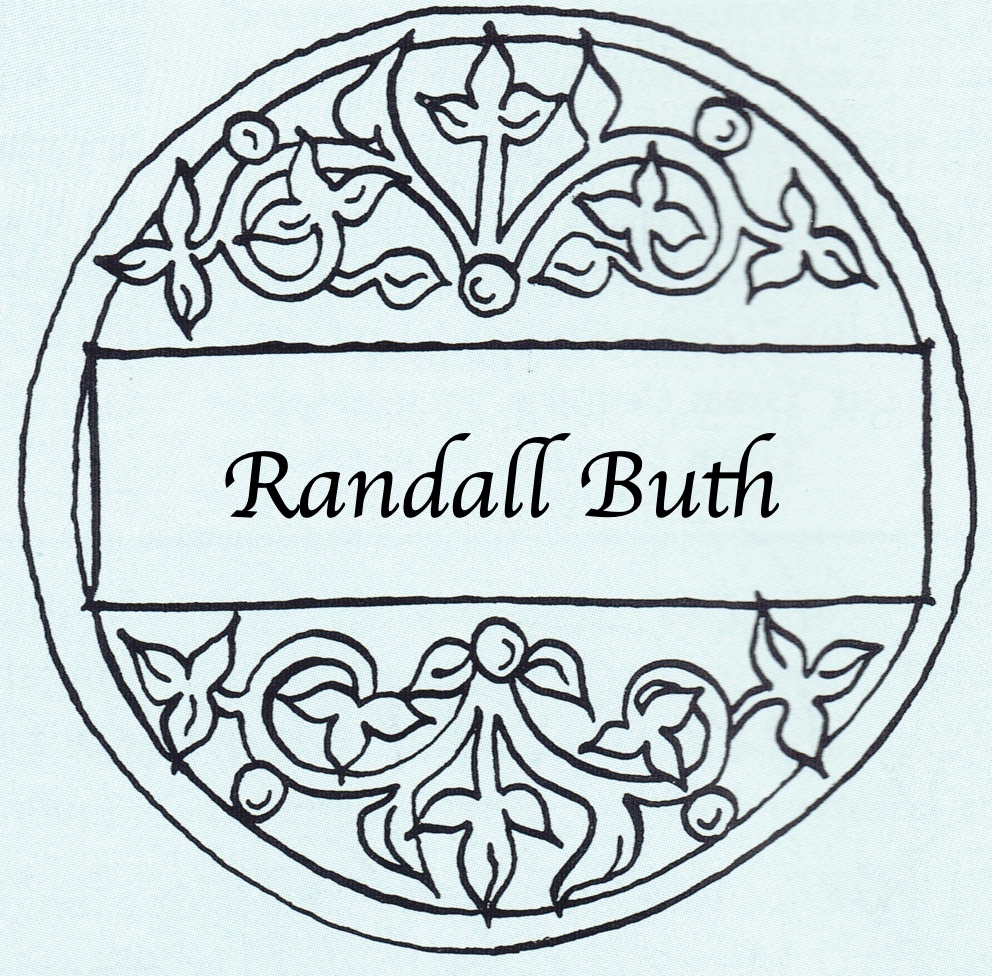Question submitted by Mike Gascoigne (Camberley, Surrey, U.K.) that was published in the “Readers’ Perspective” column of Jerusalem Perspective 55 (April-June 1999): 8-9.
Have you read a book called New Age Bible Versions by Gail Riplinger? She denounces a large number of Bible translations (RSV, NIV, NASB, etc.) as being rather too accommodating towards New Age philosophies. She also criticises the Greek texts on which these translations are based, including Nestle, Westcott and Hort, UBS 3 and 4, and Codices Vaticanus and Sinaiticus.
She claims that the only reliable translation of the Bible is the King James Version, which is based on the Textus Receptus. She considers this to be the most reliable Greek text because it was compiled from a large number of documents, mostly of Byzantine origin, that were substantially in agreement with each other and are therefore faithful copies made from a common source. The idea is that there is safety in a large number of manuscript witnesses that agree with each other.
Regarding Codices Vaticanus and Sinaiticus, the story of their history is something like this: The Roman emperor Constantine was concerned that his empire was divided into two distinct groups, Christians and pagans. They could not agree with each other about anything. So, he commissioned Eusebius to produce a Greek New Testament that would suit both groups, to try and bring them together. Fifty copies of this text were made, and some of these copies were sent to Alexandria where they were further corrupted by Origen, a Gnostic philosopher. The only two surviving copies of this corrupt text are the Vaticanus and Sinaiticus manuscripts [dating from the 4th century A.D.].
Have you heard of this story, and do you think it could possibly be true?
Randall Buth responds:
Your query is both easy and difficult to answer. It is easy because the “majority text” theory that Riplinger would support is basically a “falsified” theory. The Textus Receptus theory argues that the text of the church throughout the ages was the “majority text.” Unfortunately, the early church fathers did not know of such a text.
While most individual readings associated with the “majority text” can be found in an old source somewhere, they were never assembled together in one textual tradition until after Eusebius’ time. So the early church fathers effectively falsify the theory. The “majority text” did not exist in the time of the ante-Nicene fathers and, therefore, cannot be as old as Riplinger would like it to be.
On the positive side, it should be pointed out that there exist early examples of a text like Codex Vaticanus, the best single extant text of the New Testament. A gospel papyrus, designated P75, shows that a Vaticanus-type text already existed in 200 A.D.
Now for the difficult part: allusions to a “conspiracy theory” of the New Testament text. From a chronological point of view, the story about Origen lacks all credibility, since he lived in the century before Eusebius. The story about Eusebius is a weaving together of history and fantasy. Jerusalem Perspective magazine is not the right forum to unravel this. Sadly, a non-specialist reading Riplinger’s New Age Bible Versions runs the risk of concluding that a “conspiracy theory” sounds plausible. For the non-specialist, her book cannot be recommended. A specialist might read the book out of curiosity, though at the risk of wasting precious time.


































































































